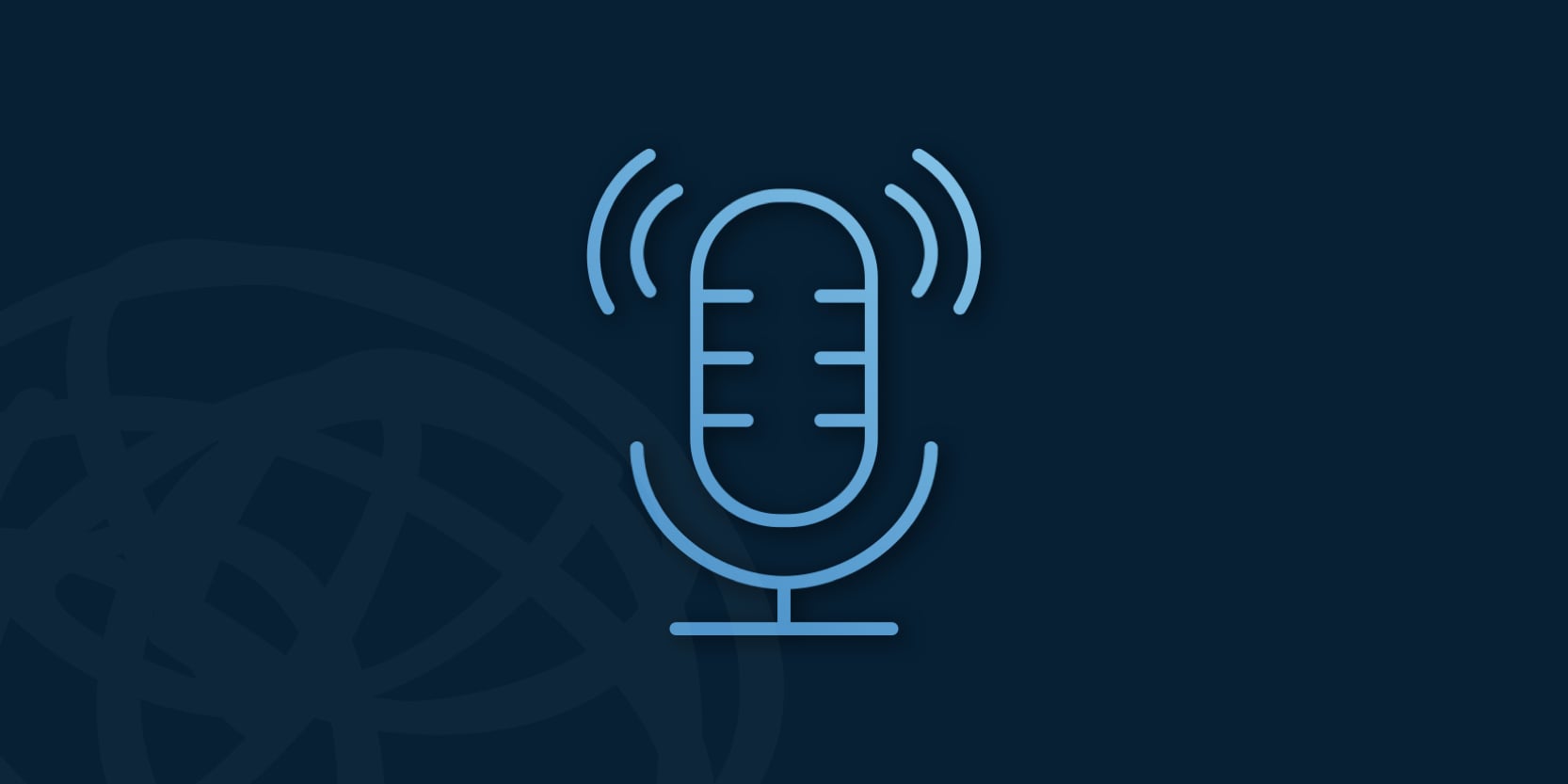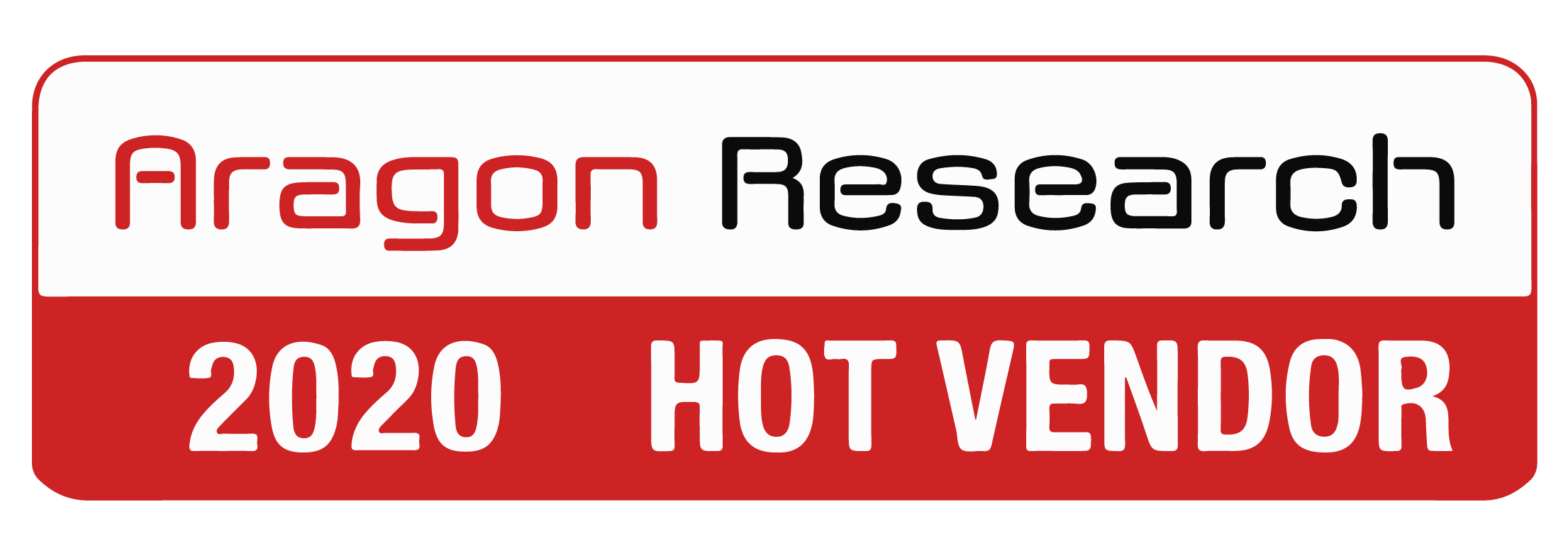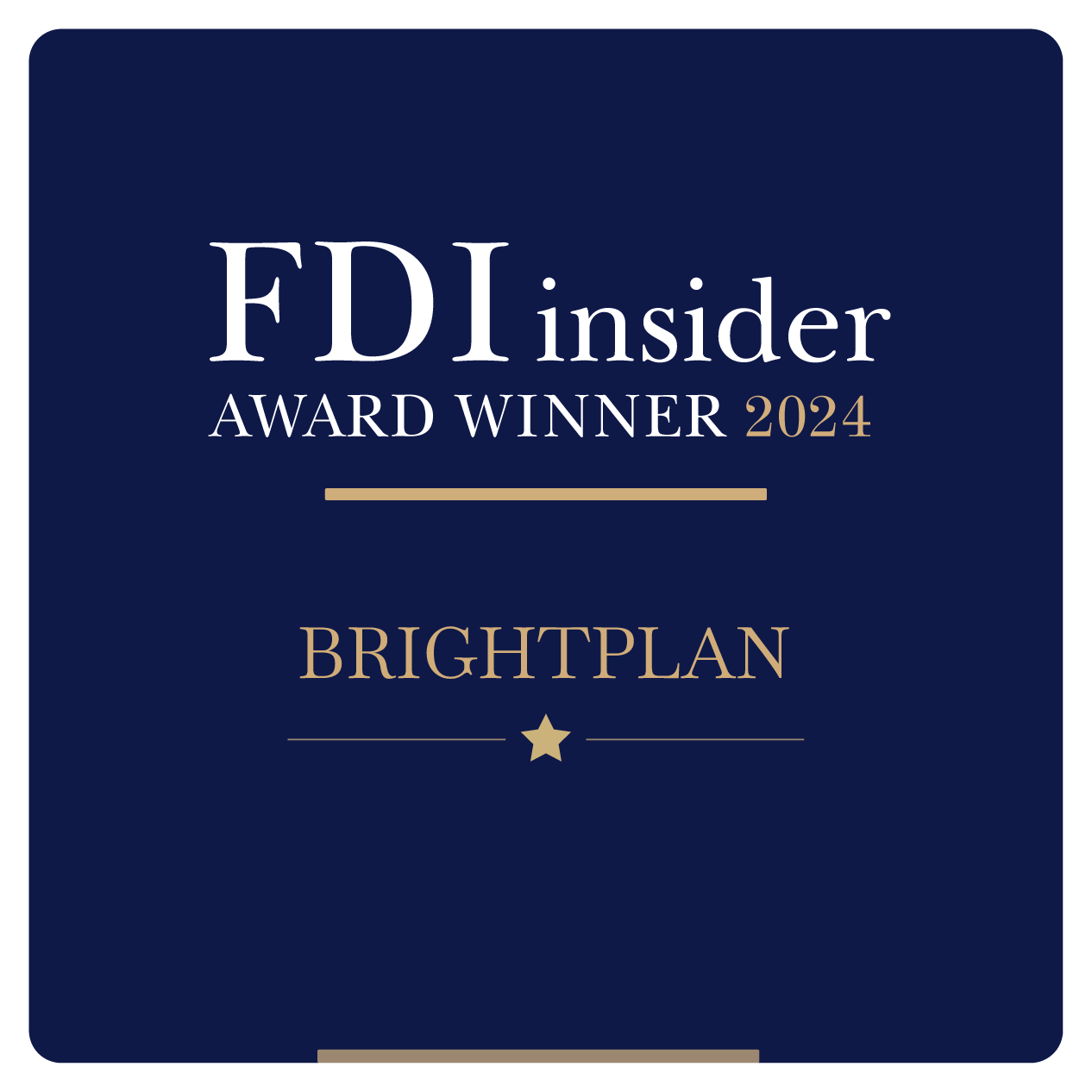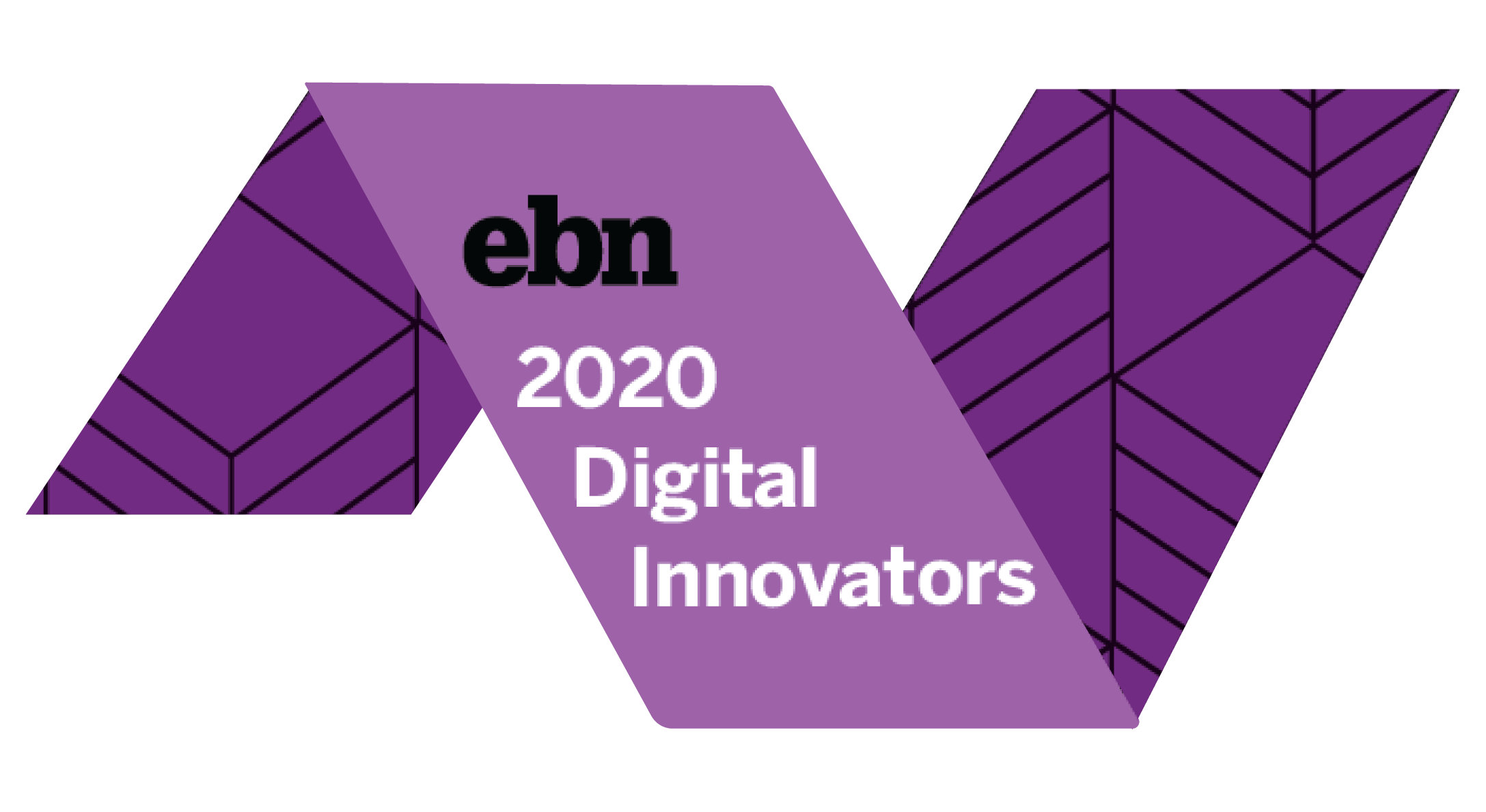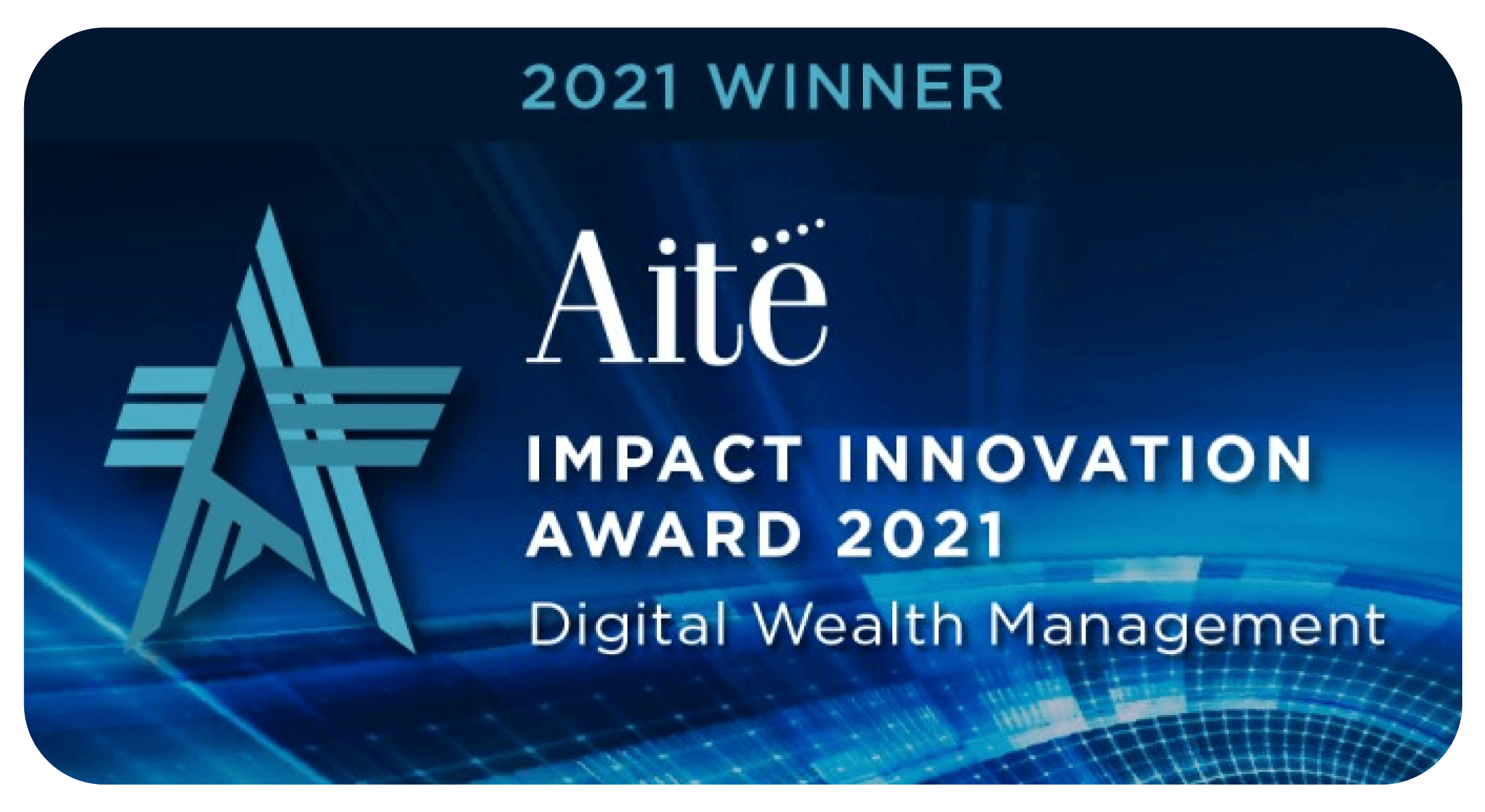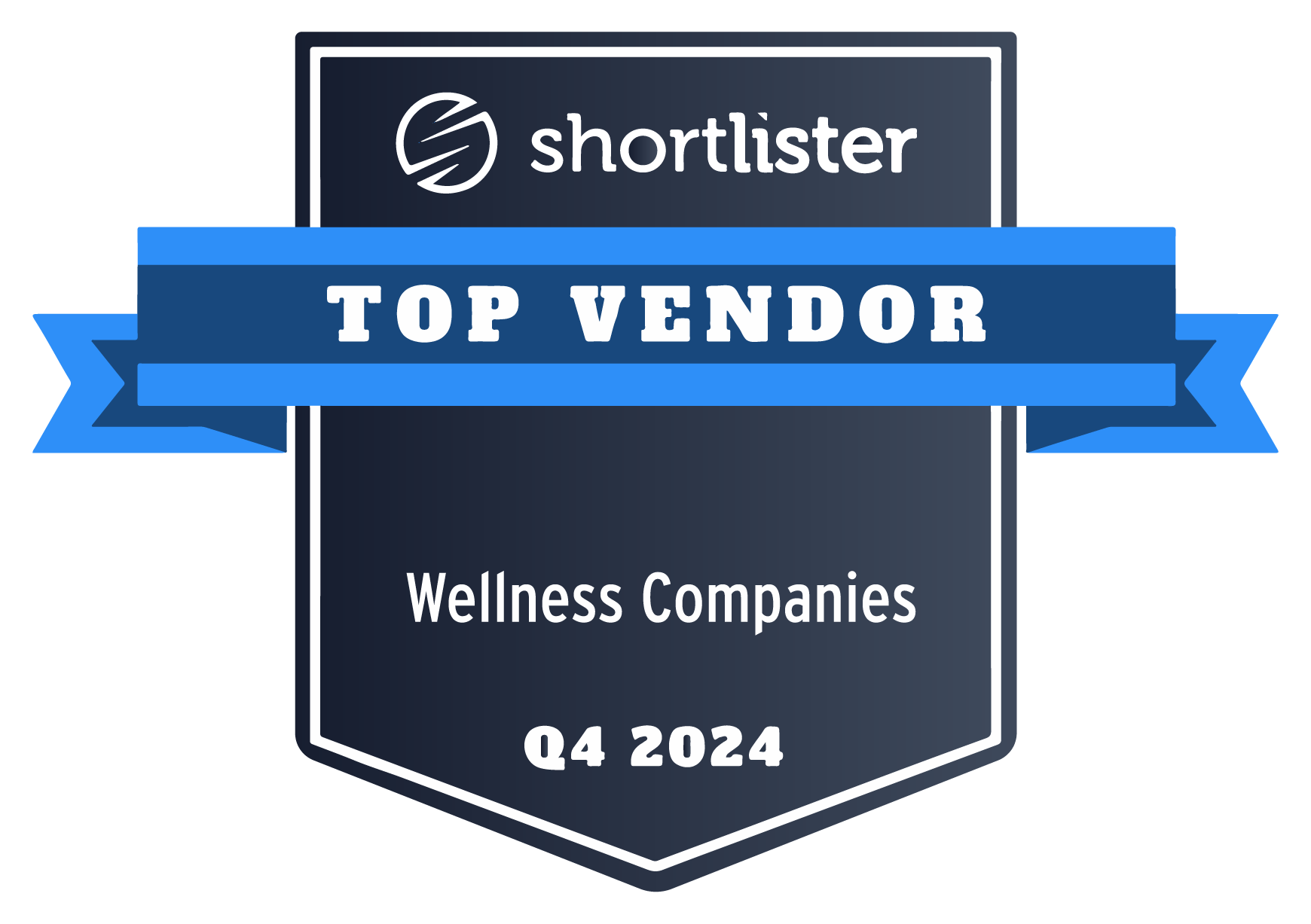Did you miss our live webinar? Watch the recording now.
COVID-19 has impacted every organization, from closing offices to a remote workforce to evolving priorities for benefits. How are HR leaders navigating through these trying times and what best practices and learnings do they have to share with their peers? BrightPlan hosted an industry roundtable on October 22nd to answer these questions and more. The roundtable, Wellness Benefits That Matter Most in the Time of COVID-19, featured HR leaders from Autodesk, eBay, TriNet, Willis Towers Watson and was moderated by the managing editor of BenefitsPRO. Here are some key takeaways from the event:
1. Financial Health and Physical and Mental Health Are Tightly Connected
BrightPlan’s recent Financial Wellness Barometer survey revealed that knowledge workers rank financial wellness benefits higher than healthcare. This resonated with the panelists who discussed the tight connection they see between financial stress, health and mental well-being. Employees who struggle with their finances are more likely to be stressed, anxious, and even have poorer health outcomes, according to research by Willis Towers Watson. Financial well-being and physical health are like “chicken and egg”―you need both to truly thrive.
Recognizing the link between finances and health, HR leaders need a holistic and integrated wellness strategy that meets employees where they are. For example, a 20-something employee might be overwhelmed with student debt, and would appreciate programs tailored to this specific need. A 40-something employee, on the other hand, might struggle with having enough time to exercise as well as having extra funds to save for retirement, while at the same time saving for their kid’s education. Providing benefits and programs that address employees’ personalized challenges can go a long way in driving employee engagement and well-being.
2. Shift from Office Perks to Wellness Benefits
For most knowledge workers, 2020 is the year of working from home. For HR leaders, this has naturally shifted the types of benefits they prioritize. Panelists from Autodesk, TriNet and eBay all mentioned how they are listening closely to their employees and crafting a post-pandemic benefits strategy based on what matters most to their people.
Pre-pandemic, office perks or convenience benefits such as catered meals and parking passes were quite the rage. Working from home shifted many companies’ priorities to financial wellness, childcare, mental health, and more flexible schedules. More importantly, many companies represented in the panel reported investing more in wellness benefits this year than last year. This is consistent with what we found in the BrightPlan Financial Wellness Barometer survey, with 83% of HR leaders reporting flat or increased benefits budgets compared to last year.
3. Measuring Success with Data
As HR leaders evolve benefit offerings to meet employees’ needs during the pandemic, there’s an increasing focus on metrics of success to justify continued investment in wellness benefits.
All panelists reported measuring the success of their benefits through utilization and participation rates over time. Metrics such as 401k participation, balances, contributions and distributions over time, along with employee retention are a good start for employers to track. One panelist shared further fine-tuned targets, such as their company’s goal of having 50% of employees who enroll in the company’s Health Savings Account (HSA) be investors instead of spenders, with at least an 80% satisfaction rate.
Another aspect for HR leaders to navigate is realigning benefit offerings with the desired post-pandemic employee experience. Working from home and other considerations, such as an increased commitment to diversity and inclusion, might require vendor reassessment to ensure they align with the company’s evolving priorities and beliefs.
As HR leaders navigate this new normal and rethink their benefits strategies, keeping a keen eye on the latest wellness trends, best practices and peer sharing can be hugely valuable. Thinking about financial wellness and physical and mental health as tightly connected, realigning benefits to better support employees’ needs during the pandemic, and measuring the effectiveness of wellness programs with data can serve your employees and your company well in this time of change.
Watch the on-demand webinar recording and download the BrightPlan Financial Wellness Barometer Survey report and infographic.

